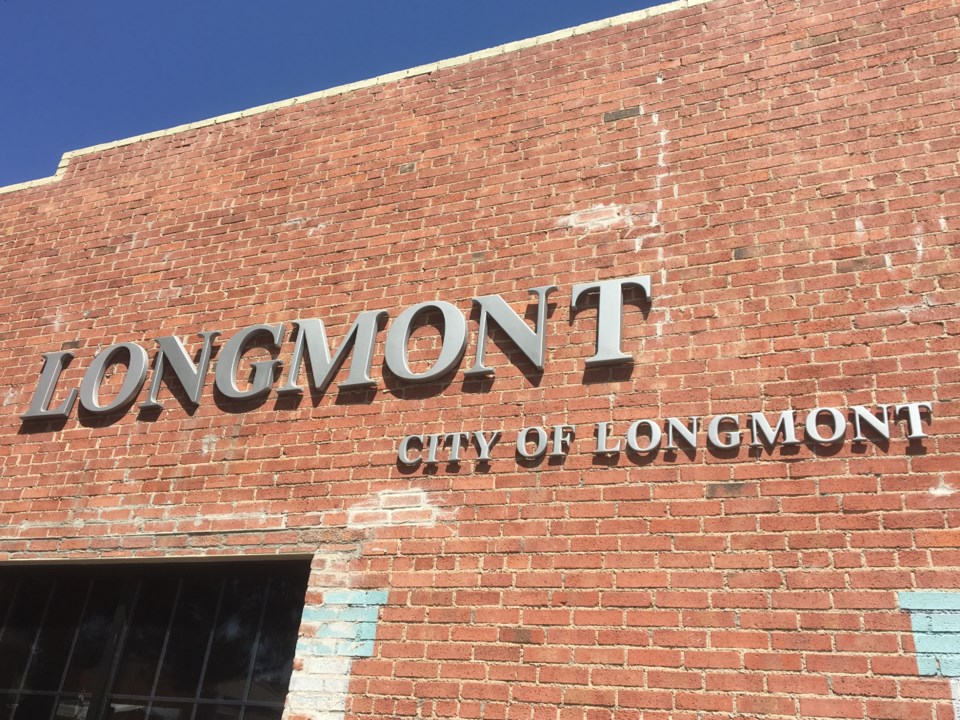Longmont starting to look at creative solutions to create more attainable and affordable housing could mean changing some long standing policies.
The Longmont council held a pre-session Tuesday to discuss attainable housing. Staff was specifically seeing what type of policy changes — like zoning, height, lot sizes and density — the council might be open to adjusting if it meant allowing more attainable housing to be built.
While affordable housing is defined by the federal government as housing that costs 30% of an income at or below 80% of the area median income, attainable housing in Longmont is considered 33-35% of incomes ranging from 80-120% of the area median income.
According to the U.S. Department of Housing and Urban Development, the area median income for the Boulder metropolitan area this year is estimated at $125,400. Using 2022 income limits for 80% AMI and up to 33% of household income, a maximum affordable housing sales price for a single family home in Longmont is considered $401,000.
The median sales price for a single family detached home in Longmont in January, the most recent date available, was $626,000. That price falls into the 130% AMI range.
“Affordable housing is really about creating housing availability at every income level within your community because that’s what we have to work on,” City Manager Harold Dominguez said. “I think we lose sight of that at times. Somebody that’s 82% AMI, 85% AMI, they can’t afford housing either.”
The overarching question Dominguez asked the city council was what percentage of homes in the future would the council like to see fall into that attainable price range. Some council members felt that to determine that number, they needed to understand how many more people the city could handle resource-wise.
That led to deeper questions, like whether the council would be willing to prioritize affordable and attainable housing over other topics and policy items. That could be increasing land use density, currently in residential areas equal to roughly 6.5 people per acre, up to 20-40 people per acre.
“I think currently what’s happening is we’re not growing fast enough, so all it’s doing is creating a greater equity gap between the haves and the have nots,” Councilmember Susie Hidalgo-Fahring said.
Council members were also agreeable to allowing taller units, depending on where they were built.
Other ideas floated for the council included creating a fund to assist in the purchase of affordable housing land to lower costs, combining the city’s affordable housing fund with an attainable housing fund, and building a fund that private businesses can invest in to secure attainable housing for their employees. Council members were mostly open to these ideas, though they would need more details before making any decisions.
Council looked at the fee structure for the building of attainable housing and were open to considering a reduction in fees for housing aimed at 80-120% AMI if the city could afford it, maybe on a case by case basis.
“What we don’t want is you don’t want to disincentivize affordable by overinsentivising attainable, so we have got to balance those two components as well,” Dominguez said.
Reducing the securities needed to be guaranteed for a project could also help affordability, and Dominguez said restructuring that process could be done in a way that would make more sense while not compromising the system.
Allowing for more middle-tier housing — think duplexes — in residential areas was another idea council members were open to.
“I would say yes absolutely, there should be no single family zoning that is absolute ever again, but when we have architectural protections on other neighborhoods for other reasons like historic areas that we have to still be aligned with everything else,” Councilmember Marcia Martin said.
Another question was whether the city would look at reducing lot size requirements. The current standard is 50 feet, which can be reduced to 40 feet if the housing is affordable, but many cities are moving to much smaller lot sizes.
Modifying infrastructure is also a consideration. While Longmont’s code has often been “suburban” in nature, as Dominguez described it, with wide streets and large areas for easements, a more “urban” based approach could modify setbacks and utility easements to make it easier for developers building attainable housing.
While the council gave direction about these many options, much work is needed before anything becomes official. Staff plans to come back with more refined proposals in the near future.



